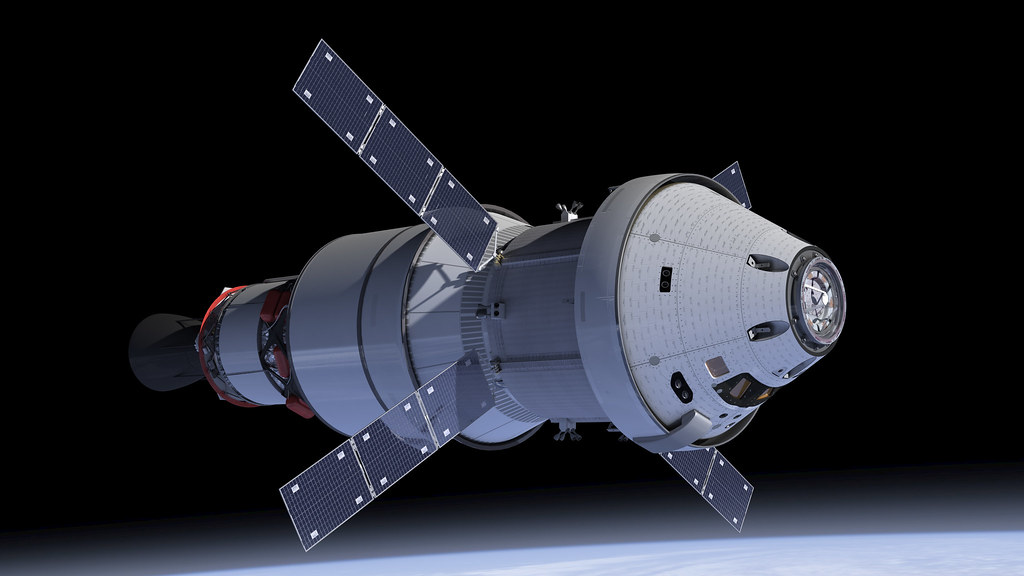Program Manager states that ESA’s Space Rider is expected to launch in the third quarter of 2025
The European Space Agency’s (ESA) Space Rider program is entering its validation and testing phase as it prepares for its maiden flight in the third quarter of 2025. Space Rider is Europe’s reusable uncrewed robotic laboratory that will provide an “end-to-end integrated space transportation system” for commercial customers. It will spend two months in orbit while customers conduct experiments and technology demonstrations onboard before returning to Earth.
Space Rider aims to give Europe affordable and independent access to space by offering an end-to-end launch service. It can transport payloads to various orbital altitudes and inclinations, allowing customers to complete technology demonstrations and science experiments in fields such as pharmaceuticals, biomedicine, and robotic exploration. The spacecraft is about the size of two minivans and can carry up to 800 kilograms of payloads. It will remain in orbit for two months, utilizing microgravity to validate technology.
Payloads will be integrated into the re-entry module cargo bay and launched into orbit atop a four-stage Vega C rocket. The re-entry module is coupled with the AVUM orbital module, which supplies power, data-handling, and telemetry capability during the mission. AVUM is accompanied by the AVUM Life Extension Kit (ALEK), which provides power, guidance, navigation, and propulsion. AVUM and ALEK will remain attached to Space Rider during the two-month orbital phase and will facilitate the spacecraft’s return to Earth.
After completing its mission, Space Rider will undergo refurbishment for re-use, with each vehicle designed to make at least five re-flights. The spacecraft will complete a re-entry through the Earth’s atmosphere and land on a runway with high precision using a parafoil. The autonomous landing capability is one of the main objectives of the program and poses significant technical challenges.
The program experienced delays due to the need to comply with the Geo-return mechanism, which ensures fairness among member states in terms of industrial contracts. The initial consortium had to be rebuilt to align with the available funds and member state contributions. Technical challenges also arose during the detailed design phase, with the autonomous landing being particularly complex.
To address these challenges, drop tests and extensive test campaigns are being conducted to validate the guidance and navigation control algorithms. The program is now targeting a launch date in the third quarter of 2025.
Despite the delays, interest in Space Rider has been significant, with over 40 applications from potential customers. Sixteen payloads are currently slated to ride onboard the maiden flight, with the possibility for more depending on size. The pricing structure is still under consideration, as Space Rider offers end-to-end launch solutions rather than just sending payloads into orbit.
Overall, the Space Rider program represents an important step for Europe in achieving affordable and independent access to space. It offers a comprehensive launch service for commercial customers and has the potential to facilitate various scientific and technological advancements in microgravity environments.
